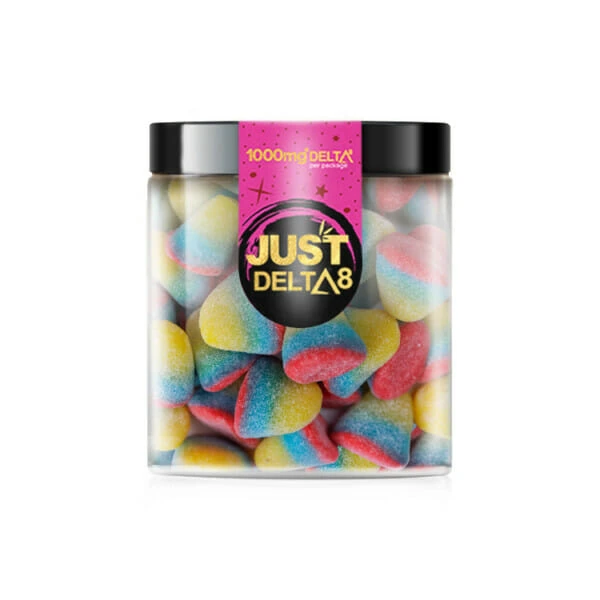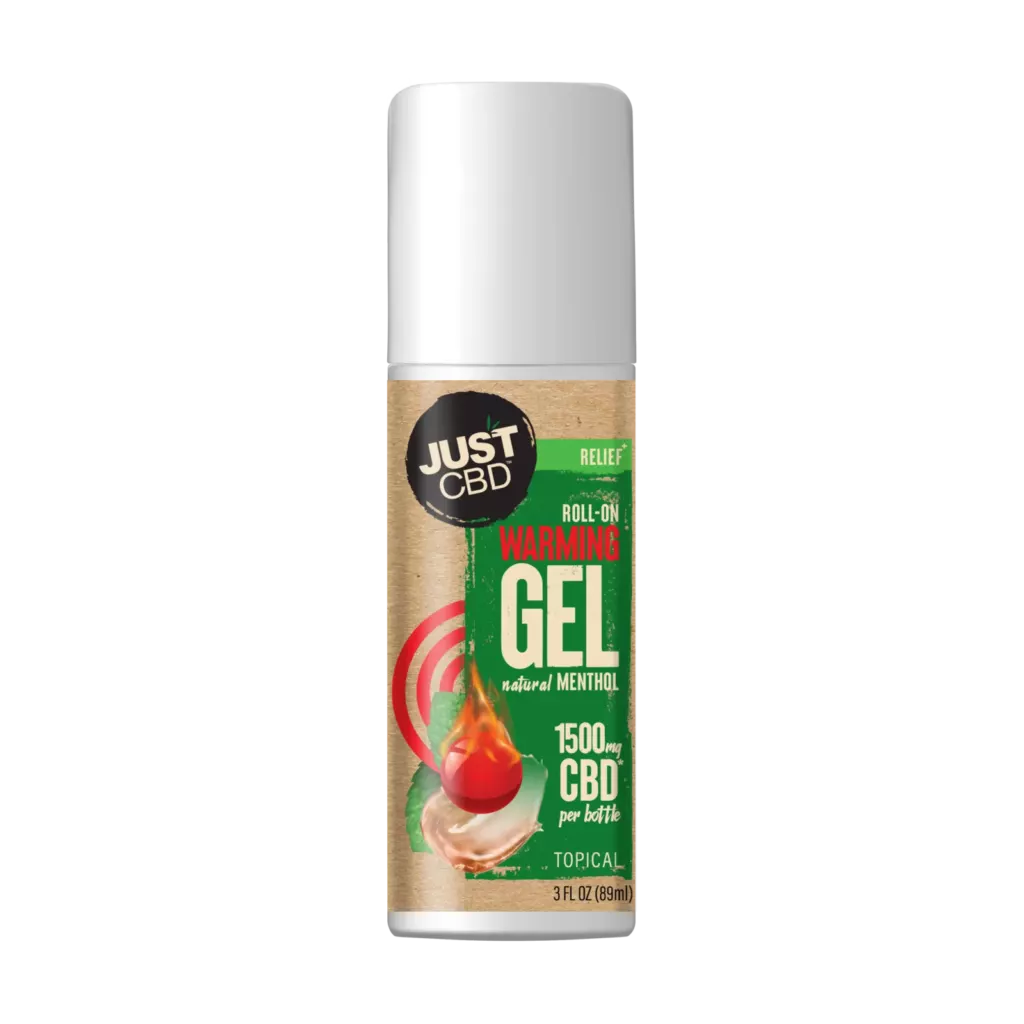Facial fillers have revolutionized the world of non-surgical cosmetic procedures, offering a way to turn back the clock without going under the knife. One of the most common questions individuals have when considering fillers is, “How long do facial fillers last?” In this comprehensive guide, we will delve into the durability of various types of facial fillers, the factors that affect their longevity, and practical tips for extending the life of your filler results.
Understanding the Lifespan of Facial Fillers
The duration of filler results can vary significantly depending on the type of filler used. Different fillers are formulated with specific materials and structures that influence their longevity. Here’s a breakdown of the typical duration of popular facial fillers:
Hyaluronic Acid Fillers (HA Fillers)
Duration
6 months to 2 years, depending on the brand and treatment area.
Factors Affecting Longevity
Metabolism, injection site, and the specific HA filler used.
Calcium Hydroxylapatite (CaHA) Fillers
Duration
Up to 18 months.
Factors Affecting Longevity
Metabolism, injection depth, and individual response.
Poly-L-Lactic Acid Fillers
Duration
Up to 2 years or more.
Factors Affecting Longevity
Metabolism, number of sessions, and collagen-stimulating properties.
Polymethyl Methacrylate (PMMA) Fillers
Duration
Several years, often considered semi-permanent.
Factors Affecting Longevity
Individual response and proper placement.
Collagen Fillers
Duration
3 to 4 months.
Factors Affecting Longevity
Rapid absorption by the body.
Autologous Fat Fillers (Fat Transfer)
Duration
Results can be long-lasting, but some fat may be reabsorbed by the body over time.
Factors Affecting Longevity
Individual variability.
Polycaprolactone (PCL) Fillers
Duration
Up to 2 years.
Factors Affecting Longevity
Metabolism and collagen stimulation.
Platelet-Rich Plasma (PRP)
Duration
Typically, the effects are temporary, and maintenance sessions are necessary.
Factors Affecting Longevity
Individual response and follow-up treatments.
Factors Influencing the Longevity of Facial Fillers
While the type of filler plays a crucial role in how long the results last, several other factors can influence the durability of your facial filler treatment:
Metabolism
Individuals with faster metabolisms may break down fillers more quickly.
Injection Site
Areas with more muscle movement, such as around the mouth, may metabolize fillers more rapidly.
Filler Type
Some fillers are designed to stimulate collagen production, which can extend their lifespan.
Provider’s Skill
The expertise of the practitioner in filler placement can impact how long the results last.
Lifestyle and Habits
Smoking, sun exposure, and certain medications can affect the longevity of fillers.
Individual Variability
Each person’s body may respond differently to fillers, affecting how long they last.
Tips for Prolonging Filler Results
While the duration of filler results is influenced by various factors, there are steps you can take to maximize the lifespan of your filler treatment:
Choose the Right Filler
Work closely with your provider to select the most appropriate filler for your goals and needs.
Follow Aftercare Instructions
Adhere to post-treatment guidelines provided by your practitioner, such as avoiding excessive sun exposure and refraining from strenuous exercise.
Stay Hydrated
Proper hydration can help maintain skin elasticity and prolong filler results.
Lead a Healthy Lifestyle
A balanced diet, regular exercise, and avoiding smoking can contribute to healthier skin and longer-lasting results.
Consider Touch-Up Treatments
Depending on the filler used, periodic touch-up sessions can help maintain your desired look.
Protect Your Skin
Use sunscreen daily to shield your skin from UV damage, which can break down filler substances.
Manage Stress
High stress levels can affect your overall health, including the condition of your skin. Incorporate stress management techniques into your routine.
Consult with Your Provider
If you notice changes in your filler results, consult with your practitioner for recommendations on maintaining or refreshing your treatment.
Combination Treatments
Combination treatments, in the realm of cosmetic enhancements, involve the strategic use of multiple non-surgical procedures to address various aspects of facial aging or aesthetic concerns. When it comes to facial fillers, these combinations can include the use of fillers alongside other treatments like Botox, chemical peels, or laser therapies.
The Synergy of Fillers and Botox
Combining dermal fillers with Botox (botulinum toxin) injections is a popular and effective approach. Botox targets dynamic wrinkles caused by muscle movement, such as crow’s feet and forehead lines, by temporarily relaxing the underlying muscles. When used alongside fillers, which address static wrinkles and volume loss, this combination can provide a more comprehensive rejuvenation.
Chemical Peels and Fillers
Chemical peels are designed to improve skin texture, reduce sun damage, and enhance overall skin quality. When used in conjunction with fillers, chemical peels can create a smoother canvas for the fillers to work on, resulting in more even and long-lasting results.
Laser Therapies and Fillers
Laser treatments can stimulate collagen production and improve skin tone and texture. When used before or after filler injections, laser therapies can enhance the overall rejuvenating effect and promote collagen support for extended filler longevity.
Benefits of Combination Treatments
Enhanced Results
Combination treatments can address a wider range of concerns simultaneously, resulting in a more comprehensive improvement in facial appearance.
Extended Longevity
Some treatments, like Botox and laser therapies, can complement fillers by promoting collagen production, potentially extending the life of the filler results.
Tailored Approach
Combination treatments allow for a customized approach to address each patient’s unique needs and concerns, ensuring a more natural and harmonious outcome.
Minimized Downtime
Combining treatments can often reduce the overall downtime and recovery period, as some treatments can offset the side effects of others.
Customizing Combination Treatments
The specific combination of treatments depends on the patient’s goals, skin type, and the expertise of the practitioner. A qualified provider will conduct a thorough assessment during the consultation to determine the best approach.
Safety and Expertise
It’s essential to choose a provider experienced in performing combination treatments. The practitioner should understand the interactions between different procedures and be skilled at achieving the desired results while prioritizing safety.
Top of Form
Conclusion
The longevity of facial fillers varies depending on the type of filler, individual factors, and lifestyle choices. Understanding the expected duration of different fillers and taking steps to care for your skin can help you enjoy your enhanced appearance for as long as possible. Always consult with a qualified and experienced practitioner to make informed decisions about your cosmetic enhancements and ensure you achieve the desired results for years to come.
- How Long Does Fillers Last - September 29, 2023
- How Long After Lip Fillers Can You Exercise - September 29, 2023
- How Long Do Nose Fillers Last - August 28, 2023



